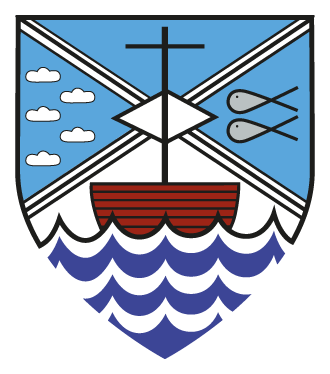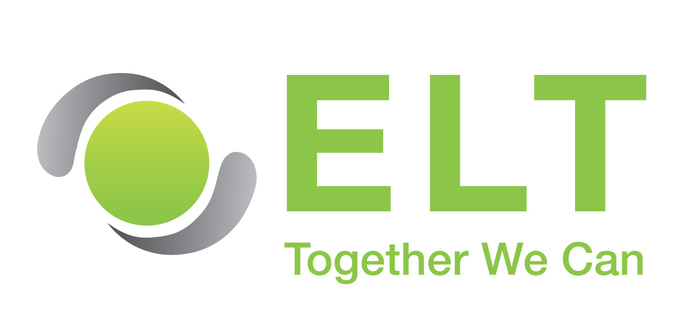Reading
"There is no such thing as a child who hates to read; there are only children who have not found the right book" Frank Sefafini
Intent
At St Andrew’s, the reading curriculum is intended to expose our children to a range of cultural experiences to develop their understanding and knowledge of the world around them. This broadens vocabulary, develops understanding of formal and informal situations, as well as strengthens their comprehension skills when reading. All reading skills and knowledge are structured in a yearly and termly sequence to ensure focused coverage, with retrieval points built in to ensure children progress in their learning and are ready for the following year group.
What does our approach to Reading look like?
At St Andrew’s, we want all our children to become readers.
We do this by teaching and providing opportunities to develop the following:
|
Oracy |
Word Reading |
Guided Reading Lessons |
Reading for Pleasure |
Home Reading and Volunteers |
|
We develop children’s spoken language through: |
We teach decoding and fluency through: |
We teach vocabulary and comprehension skills through: |
We build stamina as well as a life-long love of reading through: |
We teach fluency, comprehension and enjoyment through: |
|
|
|
|
|
|
The Reading Highway
The reading highway is our way of making sure that all children leave St Andrews as successful and happy readers. It helps us to know where every child is within their reading journey and ensures that we continue to develop and nurture their reading skills.

Guided Reading
Across the year children are immersed in a variety of books to broaden and further their understanding. Here are a few of the books that are explored.





Glossary
|
Phoneme |
The smallest unit of sound in a word represented by single letters or groups of letters. For example cat (3 phonemes) c-a-t, fright (4 phonemes) f-r-igh-t |
|
Grapheme |
How the sound is written. |
|
Blending |
To read a word by saying the individual sounds then joining (blending) those sounds together to form the whole word for reading. |
|
Segmenting |
To write or spell a word by listening to the sounds in the word and choosing the graphemes (letters) to represent each sound. |
|
Special Friends (Digraph/Trigraph) |
Special friends are a combination of two or three letters representing one sound, e.g. ck, ay, igh, oa. |
|
Echo reading |
This is when the teacher will read a small section of a book one sentence at a time. After a sentence has been read the children repeat it back with the same intonation and expression as the teacher. |
|
Text marking |
All the children are given a short snippet of the book and mark punctuation and speech so they can practise how they will use expression and pauses when they read it aloud. Then they read the snippet to their partner using their chosen expression. |
|
Choral Reading |
The whole class read a short section of the story altogether. They work as one to keep in time and match the expression and timings of the teacher. |
|
Jump In |
The teacher read a small section of the story. At the end of a sentence of a phrase the teacher will pause and the children need to “jump in” with the next word. This is great way of practising new vocabulary. |

